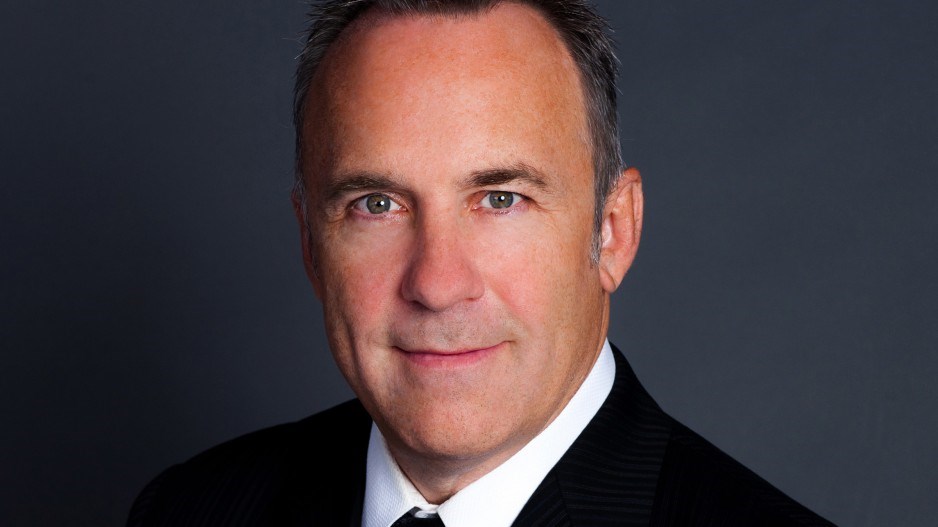In leadership, we are continually looking for a demonstration of what a good leader should look like and how they should act. If searching for a visual on what an effective leader looks like, we can often turn to sports teams as a positive model. Instead of merely watching a game, observe the coach on the sidelines or the manager in the dugout and how they interact with their players and their team. Cheerleader, mentor, leader, all at the same time. Is this not what we want from our managers on the front lines and in the boardroom? Here are some great thoughts in leadership based on the sporting model.
Be a cheerleader
Why not be demonstrative when you see success from your team members? You don’t have to do a chest bump in the lunchroom, but gathering your team together and recognizing an exceptional effort will get attention from the entire team in a positive light. Your team wants their leader to see how they are doing in their jobs and how projects are progressing from their efforts. This entails positive feedback and recognition. Not providing this is one of the key fail points that I see not only with leaders, but with peers and subordinates as well. It is critical to take the time to recognize and publicly thank the people on your team. The caveat is that you should only be publicly demonstrative in a positive way and, when things are not going so well, don’t slip into the old-school method of grabbing a player’s facemask and berating them in front of the rest of the team.
Use your bench players
Without a doubt, sports franchises are built on first-round picks and superstars with great pedigrees. These are your “go-to” players when the game is on the line and you need the best on the field. However, no one has an entire team made up of these folks, so you need to develop your utility players. As opposed to giving all of the difficult tasks to the 5% of the players that are your first-round picks, share the wealth with the entire team. If you genuinely know your team, you know precisely who can handle the difficult projects and tasks, but who may not yet have the confidence or skill set to take them on alone. Develop these team members by mentoring them, or having them work with a senior team mentor to maximize their potential. With the proper support and trust, you will develop these individuals to be your future superstars.
Coach, motivate, lead
What does a good coach (think Pete Carroll or John Farrell) do when a player makes an error or drops a pass? At the first opportunity available they pull the player aside, pat them on the back or helmet and provide positive encouragement partnered with candid direction or correction. This is precisely what a good leader needs to do with their respective team. It is a unique leadership skill set to be able to maintain both the trust and faith in your team members while allowing them to fail. Quite simply, this is how they learn to not make similar mistakes and let their coach or team down again. Your job as their leader is to coach them through their failures, identify what the root cause of their failure was and then to get them to back on the field. Encourage, encourage, encourage and your players will remain loyal to the coach, their team and make fewer errors as the season progresses.
Ask yourself why some coaches are successful at every level and with every team they are associated with, while others are not. Successful leaders and coaches commonly employ the leadership skills identified in this article. Always remember that your team players want and deserve the recognition of their leader. If you find a way to develop and channel this, then your team members will work harder and give more every day. You will be the coach that every player wants to play for.
Cam Kowalski is a career security professional who was in charge of aviation security control planning for both the 2010 Winter Olympic Games and the G8 and G20 summits for the RCMP. He is also president of Jetstream Management Group, a Vancouver-based leadership development and project management consulting company. Follow Cam on Twitter @jetstreamteam




